Something I wear quite openly in most of my blog photos is a small tattoo on my left forearm. It’s the logo from a bottle of perfume from the 1920’s, which shares the name of my late sister, Maja (pronounced: May-ah). Often I find that when people spark up a conversation with me about the tattoo, that they become apologetic when they realise it’s related to her death and they feel bad about talking about it, but it’s something that we really, really need to talk about.
My sister died from complication when she went into a labour. We lost both her and her unborn son Oliver. She had been married for under five months. She was 21 years old, a month out from her birthday and a week out from her pregnancy due date. She was at home alone in her house in Fremantle, her beautiful husband was at an airport in Johannesburg, waiting to fly home to her. She had refused offers to stay with the family we had in Perth in the last weeks of her pregnancy. We were thousands of kilometres away from her on the other side of the country.
My parents picked me up early from a Karate class I was teaching that night. No one could get in contact with her. I sat quietly in the back of the car as we drove home, under the weight of that surreal question: ‘where is she?’
Her husband’s best friend ended up forcing his way into the house. The Landlord had refused to open the door. My dad was discussing it angrily with him on the phone. ‘Just break the damn door down,’ he had said. ‘Find my daughter.’ The Landlord relented. And then there was silence. The calls stopped. It’s odd looking back on those minutes now. Dad ringing her husband’s mate. Him not answering. Us hoping that was a good sign. Hoping he was helping her if she was hurt.
Dad then took a call from Maja’s husband from the airport in South Africa. I was standing in the kitchen when he told Mum and Dad in a detached voice that Maja was dead. His best mate had been too destroyed by the discovery to tell Mum and Dad himself. He’d called her husband first. I cannot imagine what it would have been like for her husband, standing in that airport alone, surrounded by the noises and smells and colours of an airport, hearing the sound of that horror being delivered to my parent’s hearts, as his own heart was grieving for his wife and son.
I don’t know the exact words he used. I didn’t even hear them properly. My parents began screaming and it was their reaction that told me something was horribly wrong. There is nothing to describe the sound of a parent screaming for their child. For their grandchild. It is still, to this day, the most horrific sound I’ve ever heard. It took longer for me to stop dreaming about that sound that it did to stop dreaming about the image of her dead body, still and cold in the coffin.
For each of us, the loss was so different. How does it feel for a mother or a father or a brother or a twin to lose who we lost that day? The loss of her has rippled through our lives like cracks in glass. When my sister Deneale became pregnant, for me there was an incredible joy but also terrible fear. To know that she was equally at risk to die from that pregnancy as any other woman, anywhere in the world… the cognitive dissonance weighed on me. When she had the baby I ran through the corridor of the hospital to her room holding no less than seven bunches of flowers in my arms, driven just as much by relief as I was by joy. I remember saying to my mum as I held my nephew, ‘we get to keep this one’. Every day he grows older is a new window into what we lost. Every day my sister and I grow together, we are aware also of what we lost because Maja would be there with us. I can’t imagine what it would be like for Deneale, as Maja’s twin, following in her footsteps of pregnancy and birth.
Maja and Oliver died from a complication as she went into labour called an Amniotic Fluid Embolism (AFE). Although it was defined in 1941, to this day, it still remains and unpreventable, unpredictable and often fatal complication of childbirth. When the amniotic fluid enters the mother’s circulation, mother and baby experience an anaphylactic reaction. Many mothers do not have this allergic reaction to the fluid and we don’t know why some do. For those who have lost a loved one to AFE, reading about the stages of anaphylactic response may be difficult to read. If you would like to read more, please visit here.
Internationally, we know so little about AFE that we don’t know what the risk factors are. Research indicates that AFE is the leading cause of maternal death in Australia and Japan, the second leading cause of maternal death in the United States and the United Kingdom, and the third leading cause of maternal death in France and Poland. An AFE occurs for around 1 in every 40,000 births. It is estimated that 50% of those who do not survive, will die within the first hour of symptom onset. It is important to note, that even with the best and most responsive care, some women will simply not respond to life-saving measures. Greater research is needed to not only determine the root cause of AFE but why some women are at greater risk of death. Survival rates have previously indicated an 80% mortality rate, but new research suggests it is closer to 40%. Mortality rates of infants are still as high as 65%. Most survivors of AFE will experience long-term or lifelong complications that include short-term memory loss, complete hypoxic-anoxic brain injury in mothers or cerebral palsy or limited brain function in infants.
Obviously, our family is passionate about working towards making sure this horrific trauma isn’t experienced by another family. There is one foundation working internationally, set up by a survivor of AFE, call the AFE Foundation. Recently, the AFE Foundation in collaboration with Baylor College of Medicine in Houston launched the first ever international patient registry which will be used as a basis for comprehensive clinical research on AFE, and which our family has contributed to. We also contribute to the foundation financially so that research can be funded and medical practitioners can be more aware and prepared for AFE occurrences.
For this AFE Awareness Day, March 27, I sincerely ask that if you believe mothers and babies should be protected from the trauma or finality of AFE, please give to the foundation to enable us to understand this fatal enigma. Any amount, no matter how humble, helps the AFE Foundation to work for change. You can also help us raise awareness by posting about AFE on social media using #ENDAFE.
There photos are almost 12 months old. I forgot about them and had to wait a whole year to be able to share then in the appropraite season.
Photos taken by my beaitiful mum.
– L
Follow: bloglovin| feedly| instagram| pinterest| facebook| tumblr| modcloth
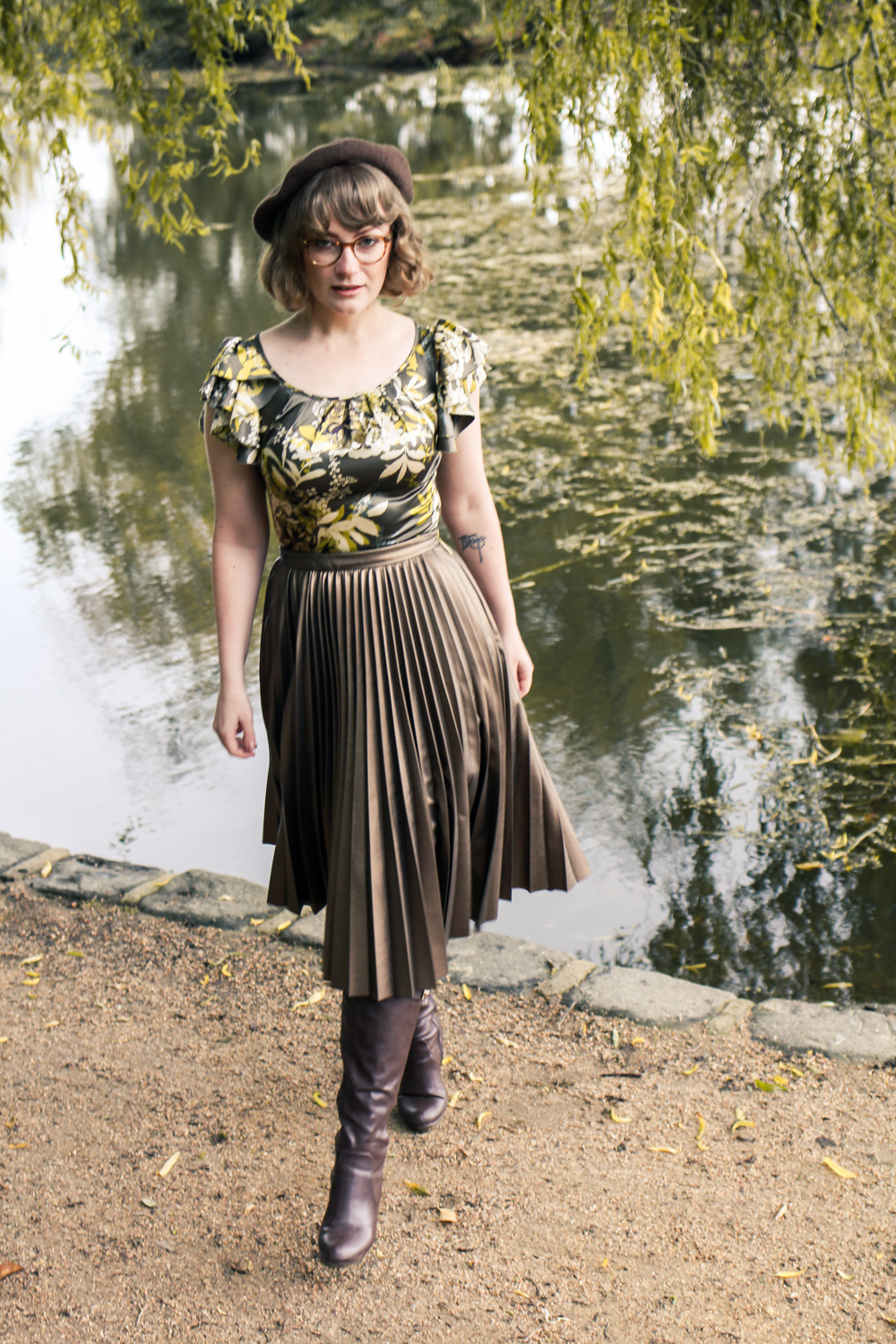

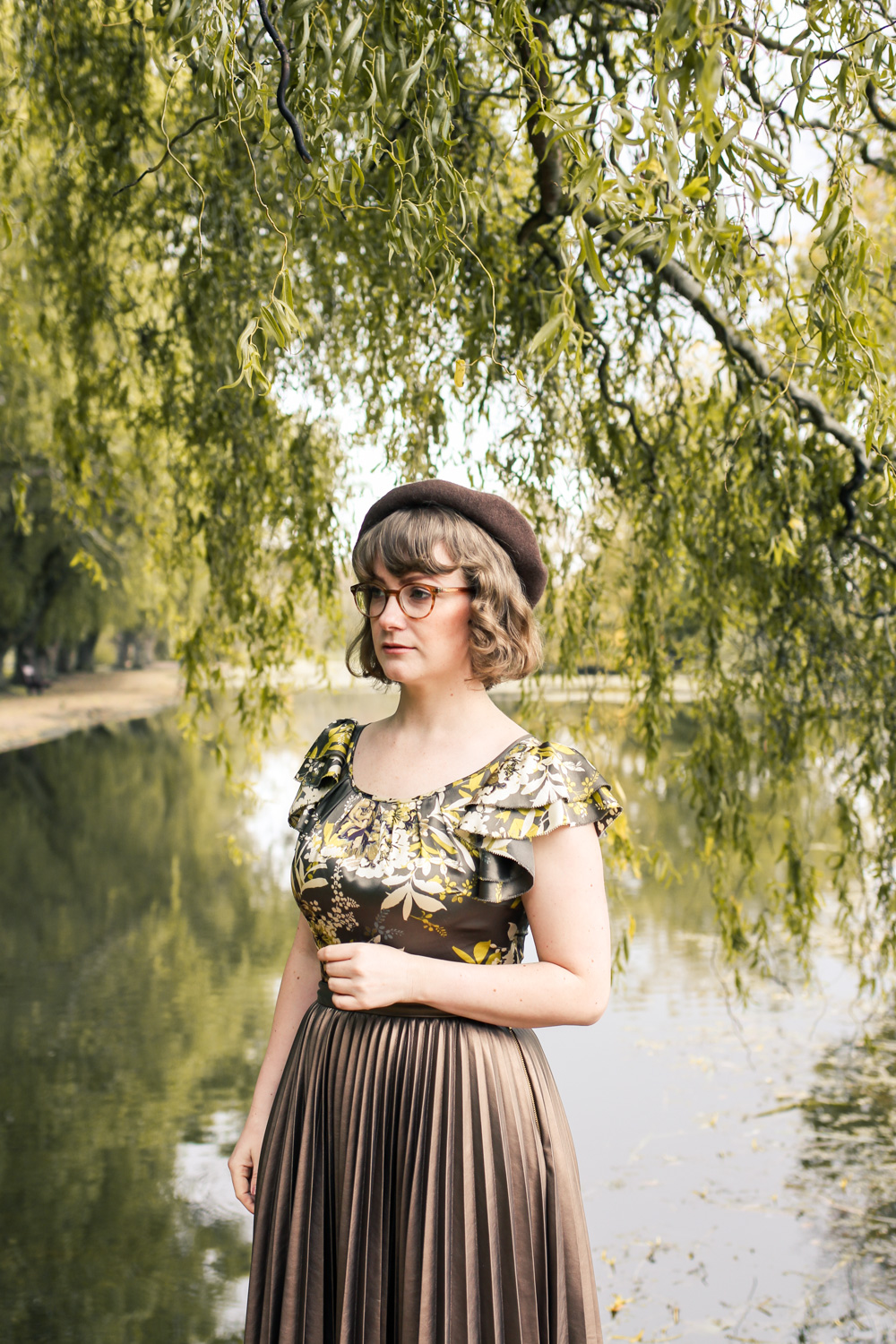
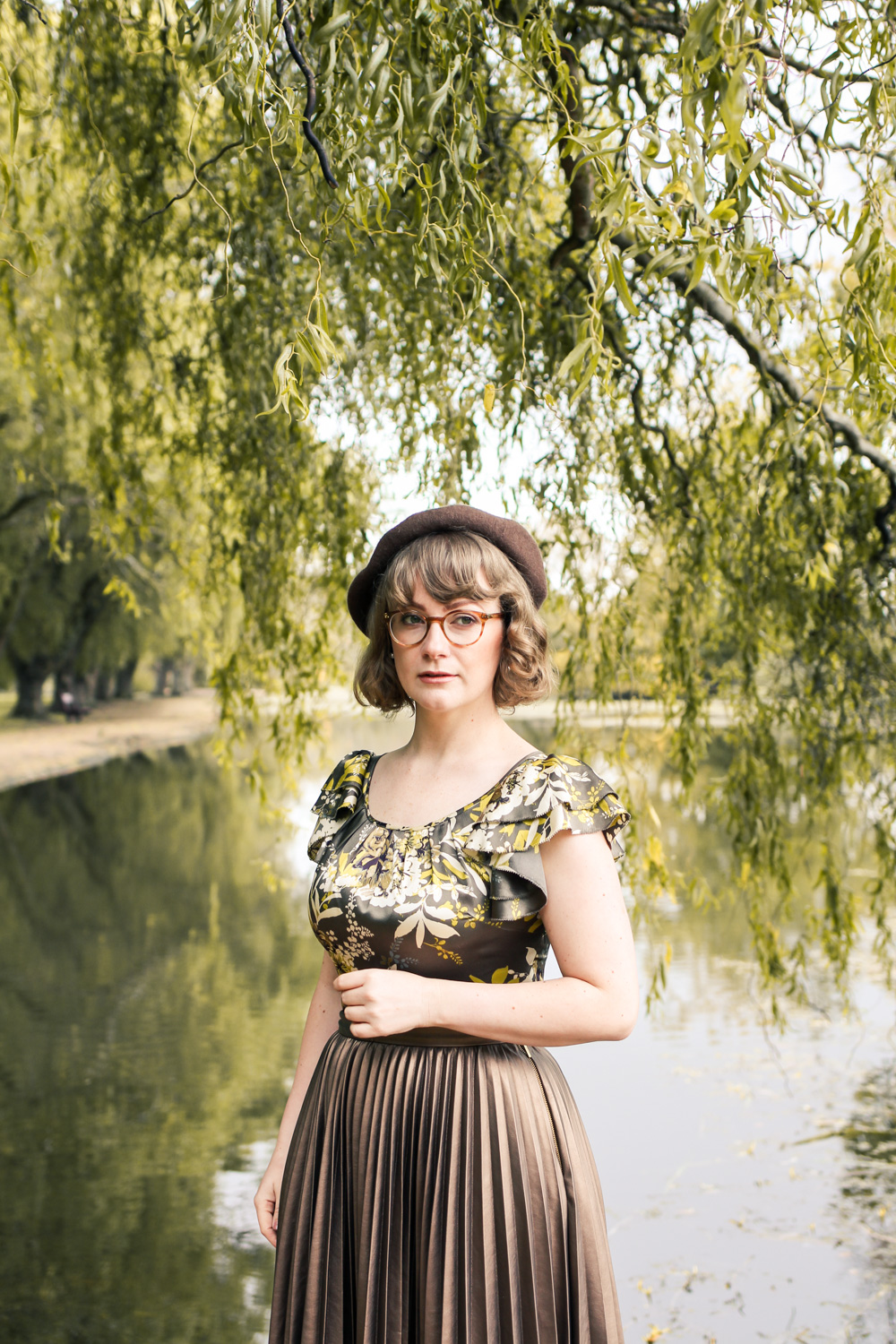
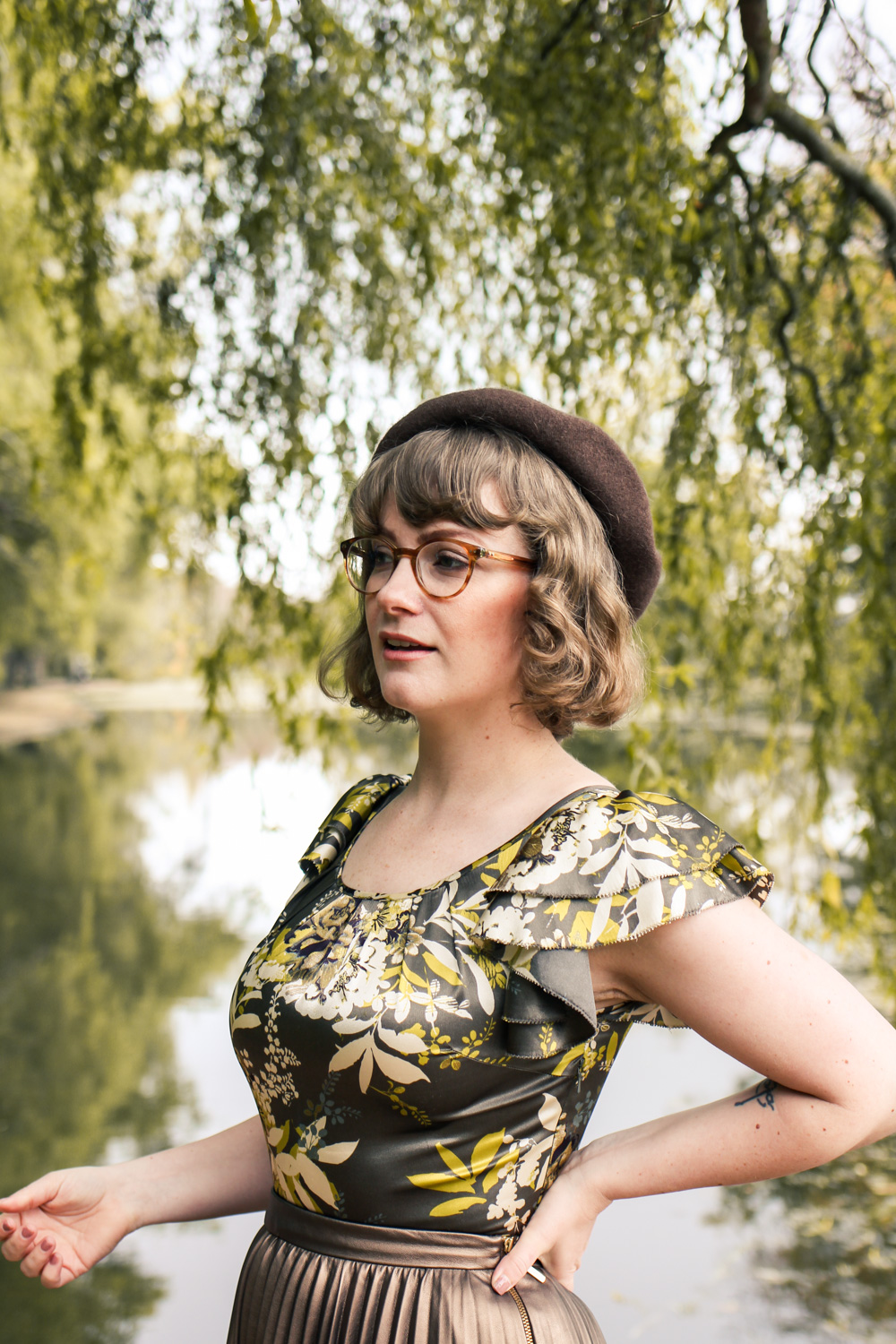
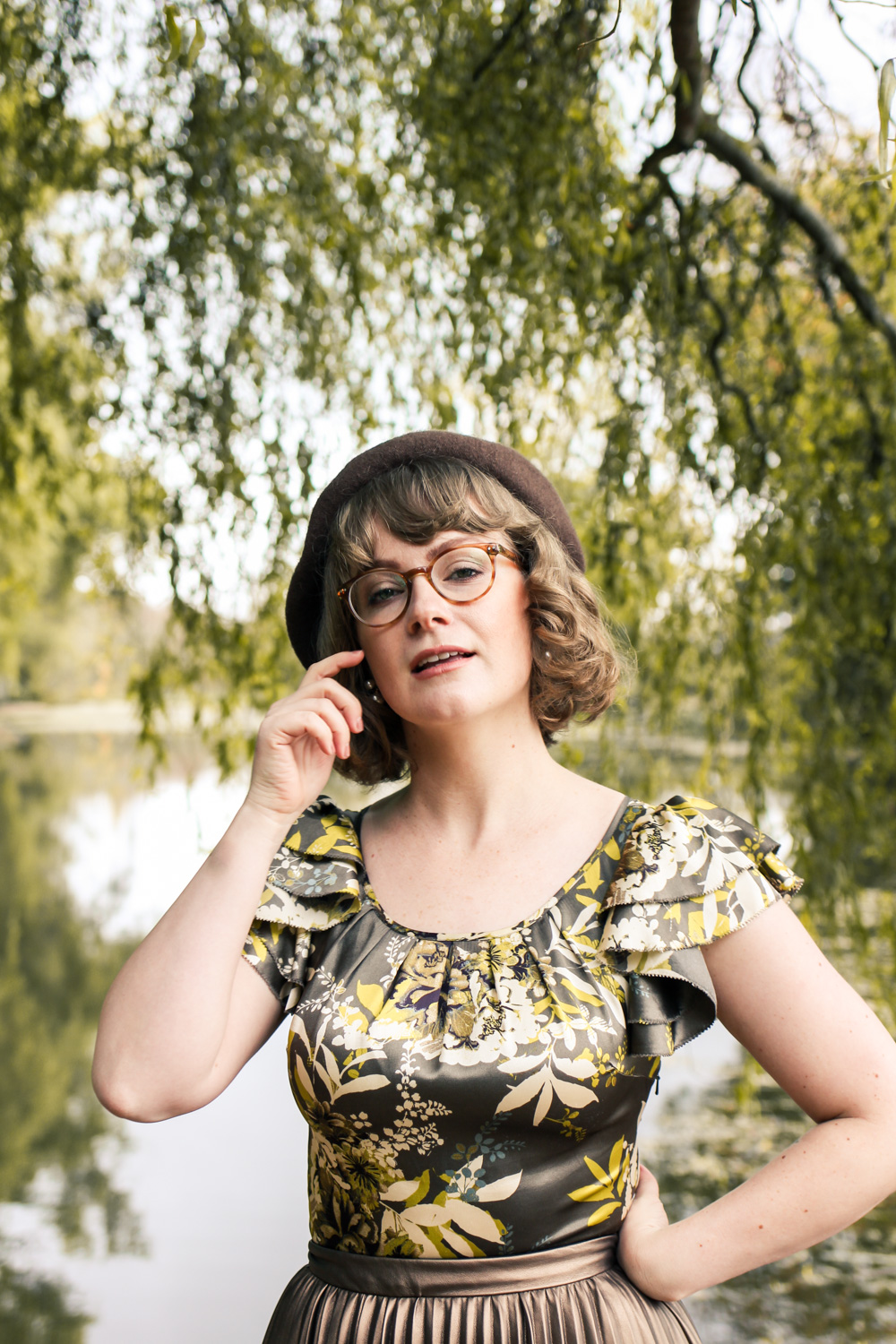
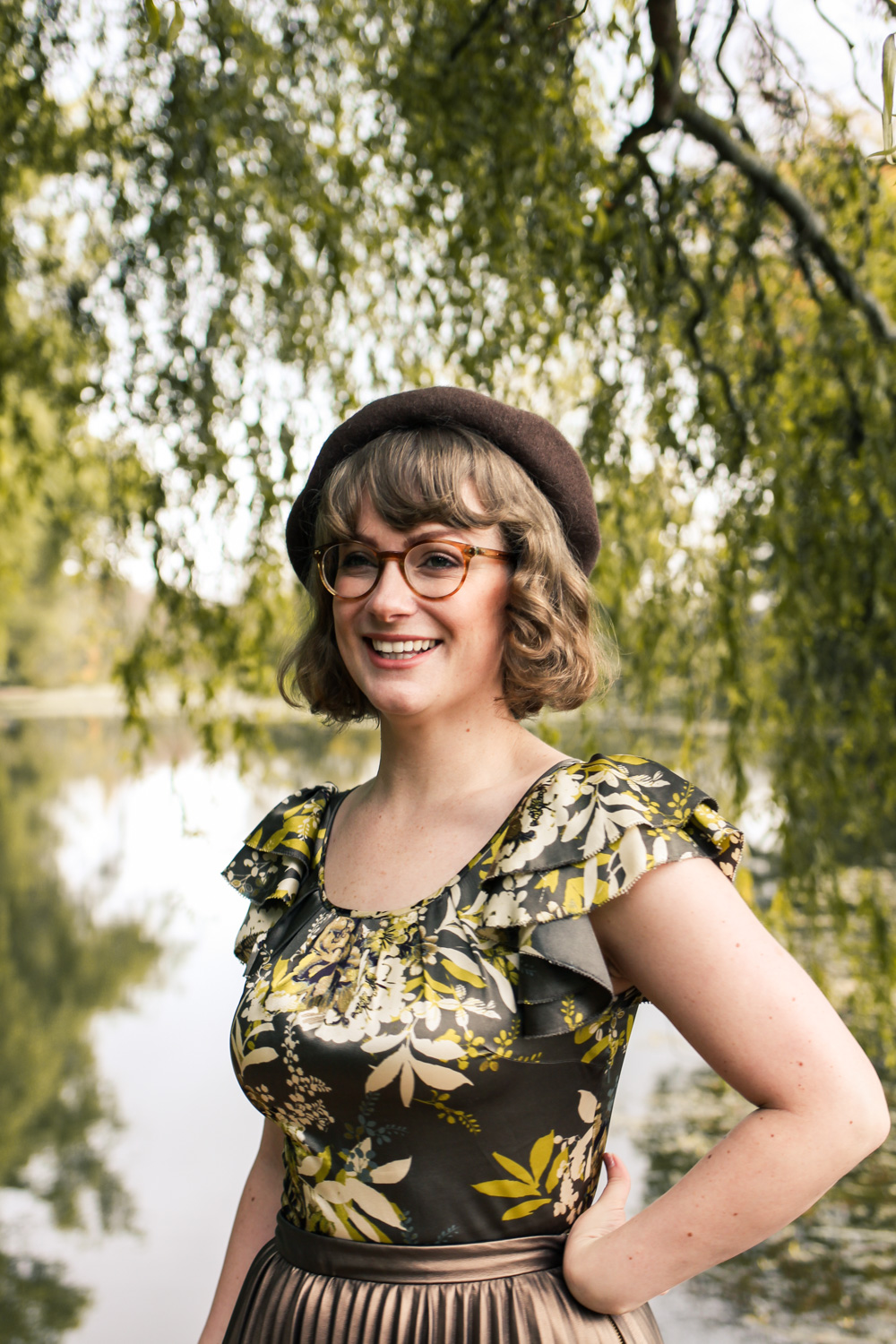

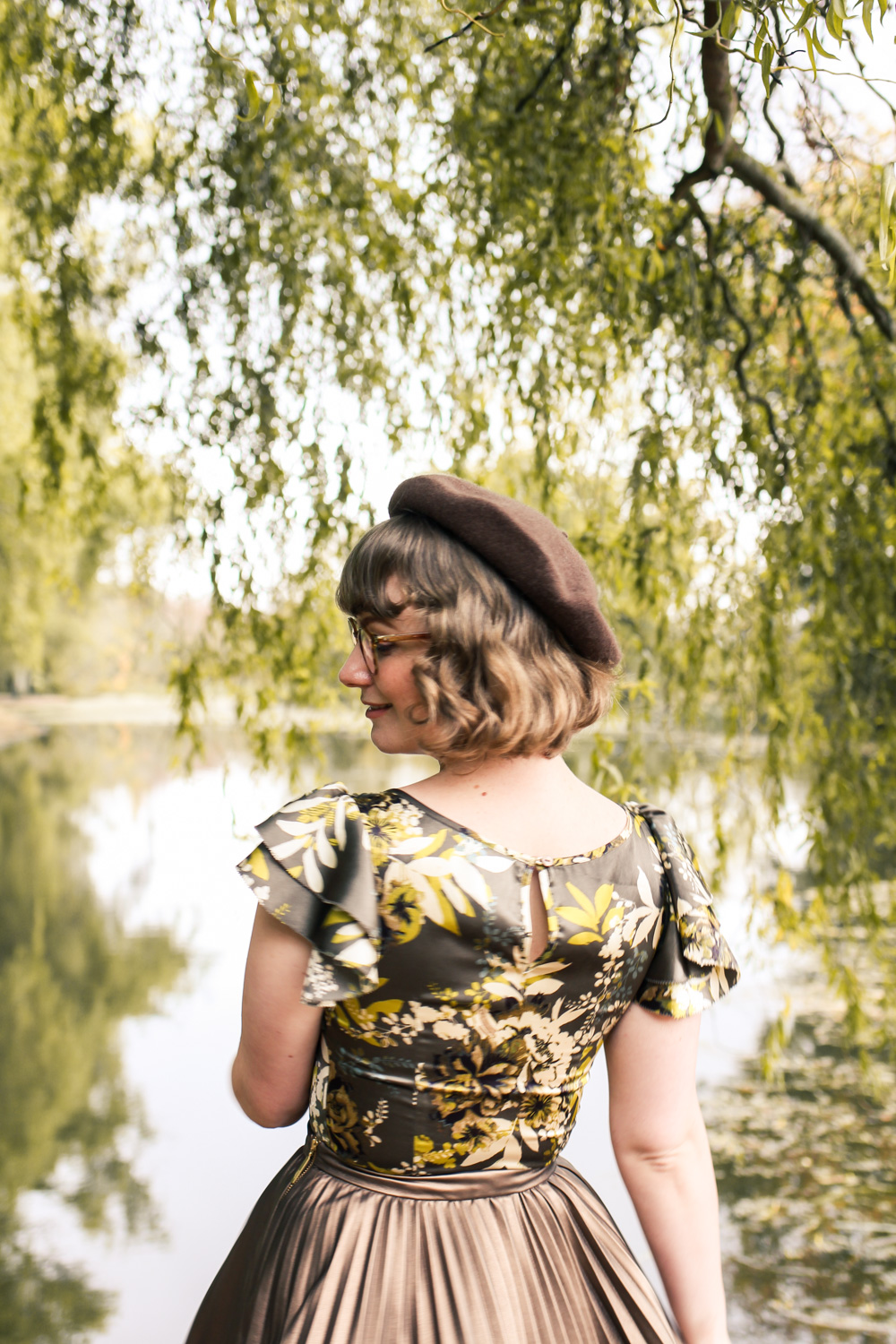
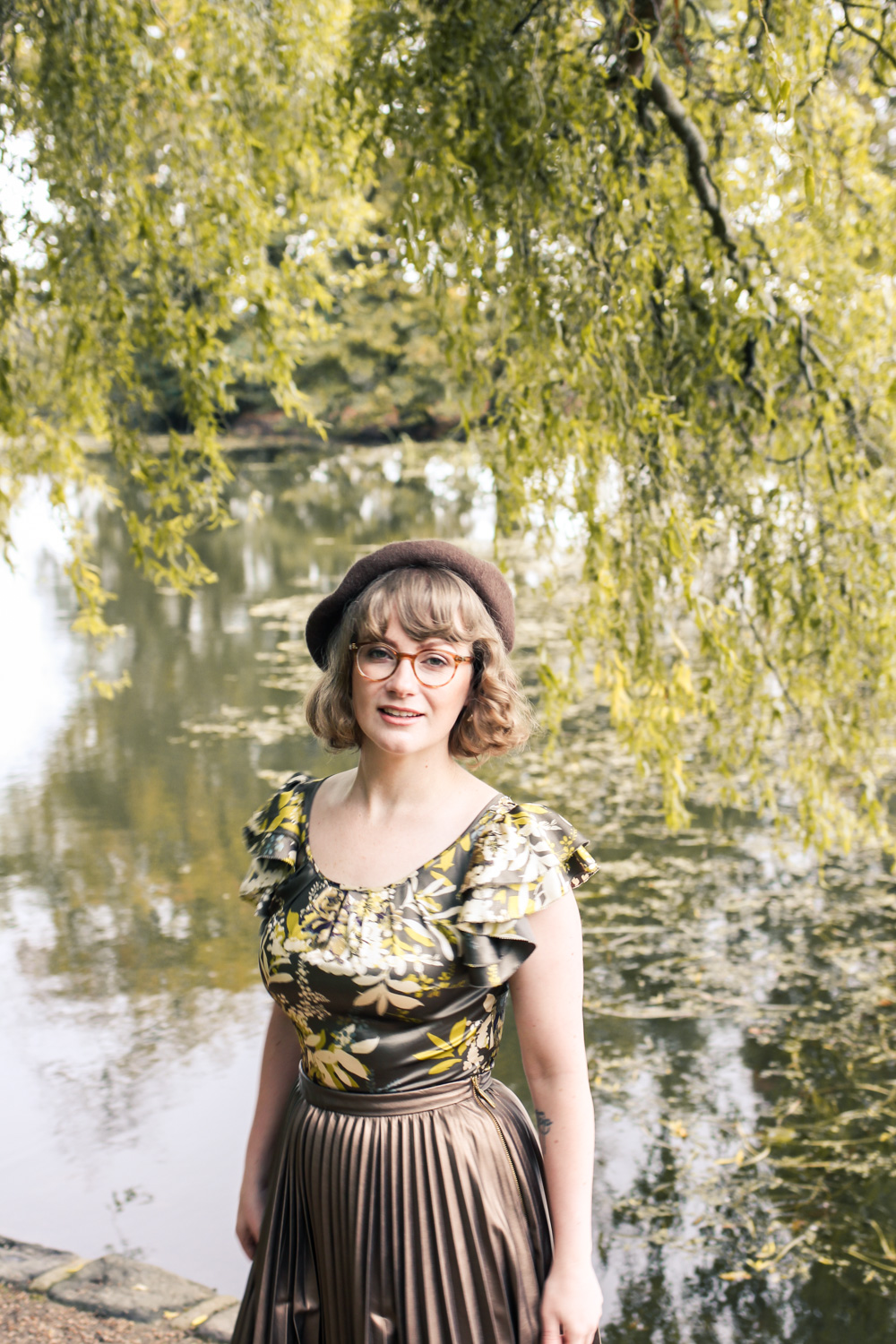
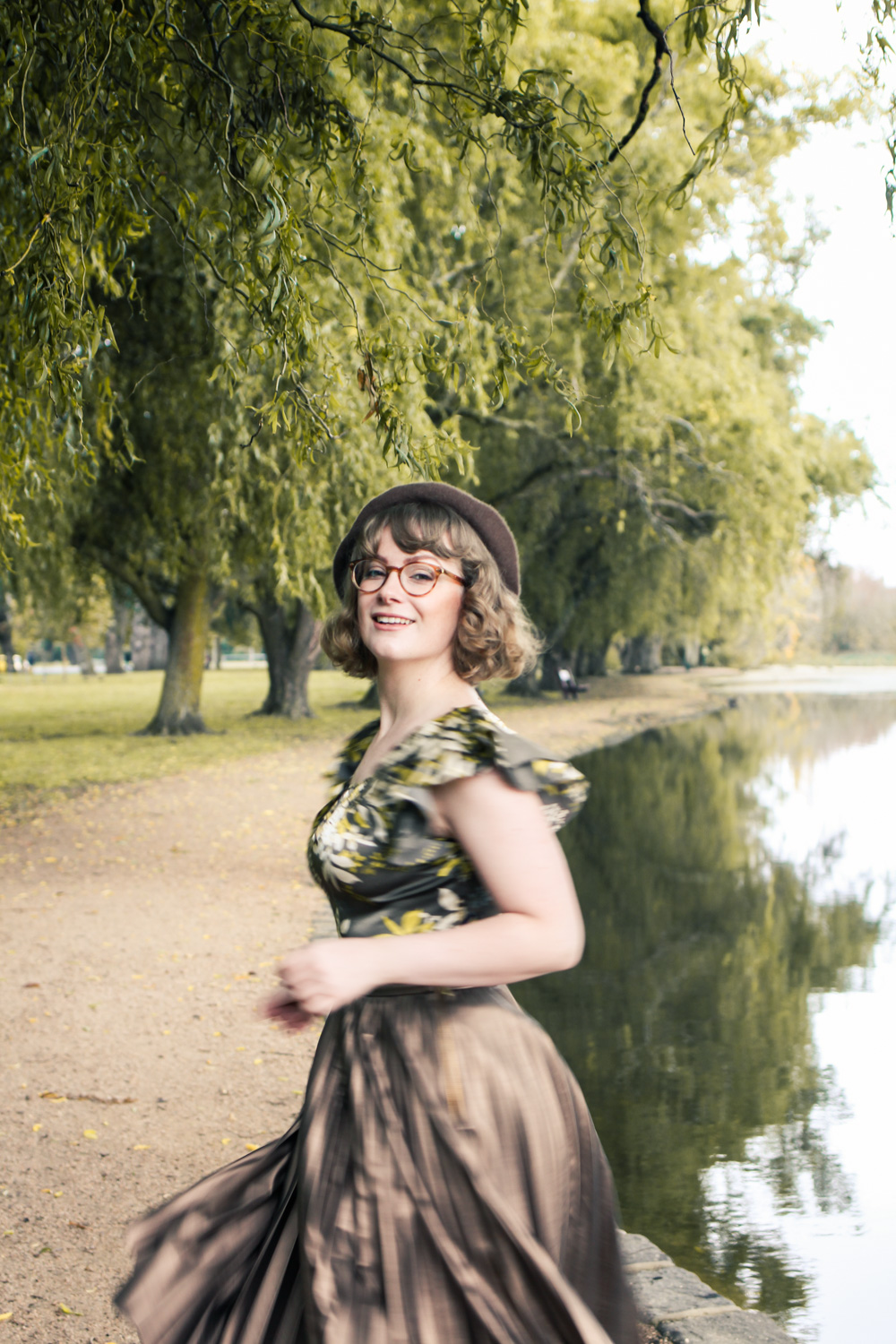
Liana,
The death of my daughter , fiona, at 8 weeks,in my arms, really broke my heart. Our 2nd daughter, she was perfect, almost, but died of Sudden Infant Death Syndrome in July 1987. Like AFE death takes the most angelic without mercy. We went on to have 2 strapping boys, all 3 now professionally employed here and overseas, following their dreams. My ex wife didnt cope well. I am left with PTSD type 2 diabetes severe chronic depression and anxiety and agorophia. All strength 2 U.
It's been two years since you wrote this, treasured anonymous friend. I just want to say that wherever you are in the world, I hope you live with your whole heart so you two baby girls are remembered and honoured with every beat of it.